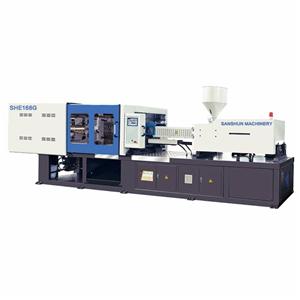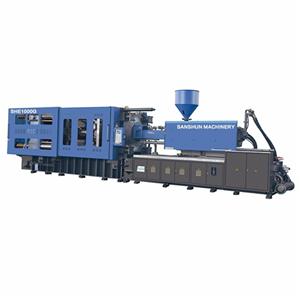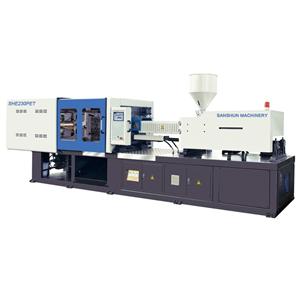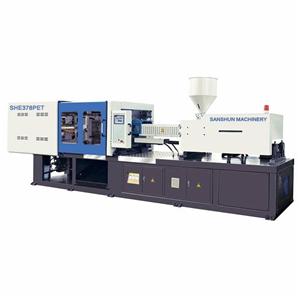Injection molding is a complicated process, but that doesn't mean we don't use basic elements. One of the essential requirements for plastic injection molding is proper cooling, and for that we primarily use water. Chilled water is most often the cooling agent of choice because it's low-cost, has excellent thermal transfer properties, and is readily available.
Read on for some interesting facts about water cooling:
Water used for cooling our injection molding machines must be chemically treated to prevent bacterial growth, scaling build up, or contamination of the entire system.
HTI Plastics uses two methods of water treatment: The first being a tower system which maintains a water temperature around 70o – 90o F. This system is used to keep the machines at a safe temperature. The machines must be cooled to maintain a maximum oil temperature and to reduce the feed throat temperature. The feed throat is where the plastic is fed into the heated barrel, and temperature control is required to prevent it from melting too early as it's being fed into the mold.
The second is a Chilled Water System which is maintained at a more consistent temp of 62o F. This system is used to cool the tooling. Chilled water is channeled through the molds and tooling to remove heat as quickly as possible from the injected plastic. Cooling is most often the longest part of the production cycle, so any reduction in wait time is beneficial. In most cases, we're trying to take the plastic from a temperature around 500 degrees down to 100 to 140 degrees as quickly as possible. In order to achieve optimum mold temperature - which may be above the chilled water supply temperature - we use thermolators, which can raise the water temperature in a small closed loop system that pumps it through the tooling. Using these, we can run different temperatures at each machine location. Each thermolator has a separate valve to let in a little chilled water and release some of the hot water to maintain a stable temperature.
Process water temperature is different for every mold we create, and it's determined by a large number of variables. The wall thickness of the part, dimensional requirements, the type of resin used, and size factors in the mold design all affect process water temperature.
Extreme conditions sometimes require temperatures too high to safely use running water. In these cases, we will use hot oil thermolators and in turn use the chilled water to maintain the temperatures in these oil units through a heat exchanger.







